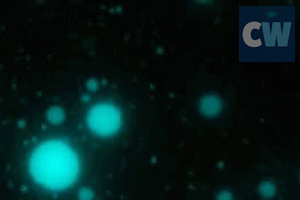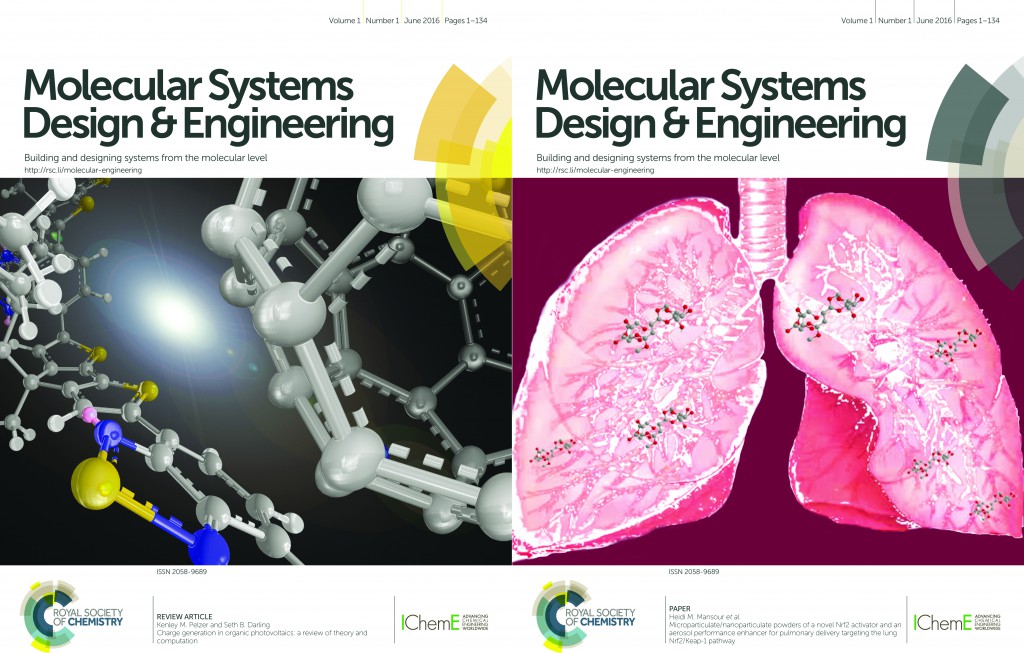
Scientists have developed a computer-aided method that designs carbon capturing ionic liquids and at the same time finds their optimal operating conditions.
Capturing and storing carbon dioxide decreases its global warming potential. Ionic liquids, salts that are liquid at room temperature, can trap large amounts of carbon dioxide. However, there are thousands of ionic liquids – their properties are dictated by their comprising anions and cations, and their ability to dissolve CO2 depends on temperature and pressure.
To read the full article please visit Chemistry World.
A systematic approach to design task-specific ionic liquids and their optimal operating conditions
Fah Keen Chong, Dominic C. Y. Foo, Fadwa T. Eljack, Mert Atilhan and Nishanth G. Chemmangattuvalappil
Mol. Syst. Des. Eng., 2016,1, 109-121
DOI: 10.1039/C5ME00013K, Paper












